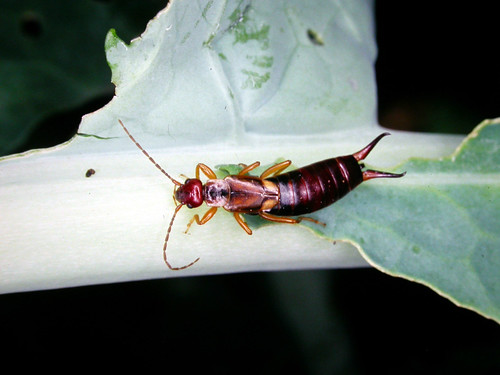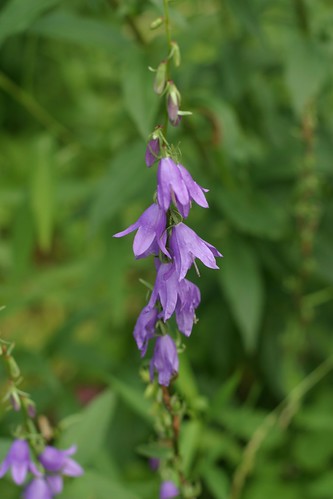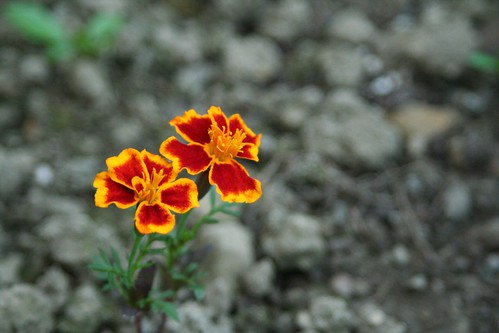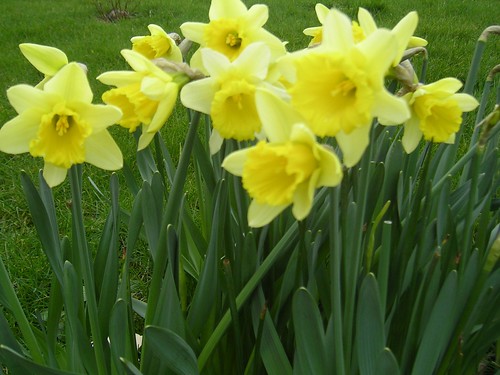 Â
Â
TheGardenLady received this question from Tracey.
Â
The Knock-Out rose company says that it is not necessary to dead head the roses. See here.
Deadheading means to remove dying flowers from a flowering plant. The reason for deadheading is to trick a plant into producing more flowers. Plants make flowers to make the seeds for reproduction and when there are seeds, the plant will stop producing flowers. Plants that don’t set seed will continue to bloom longer. Most plants benefit from having their old, dying flowers removed but it is not necessary for Knock-Out roses that have been created to continue to bloom for much of the summer without any deadheading
The other reason for deadheading the flowers is to make the plant look neater. Though the Knock-Out rose petals fall off cleanly, TheGardenLady finds that the rose bush looks nicer when she dead-heads. TheGardenLady only dead heads when lots of the flowers have fallen, like after a heavy rain.
So to answer Tracey’s question, No it is not necessary to dead head Knock-Out roses. Easy care is another advantage to raising this type of rose.

 Â
 





 the plant’s condition, I cannot say much about the cause of their dying in your office. Bulbs that were forced needed good, fertile soil as well as fertilizer in the soil when they were starting to send up shoots in order to have healthy flowers.
the plant’s condition, I cannot say much about the cause of their dying in your office. Bulbs that were forced needed good, fertile soil as well as fertilizer in the soil when they were starting to send up shoots in order to have healthy flowers.